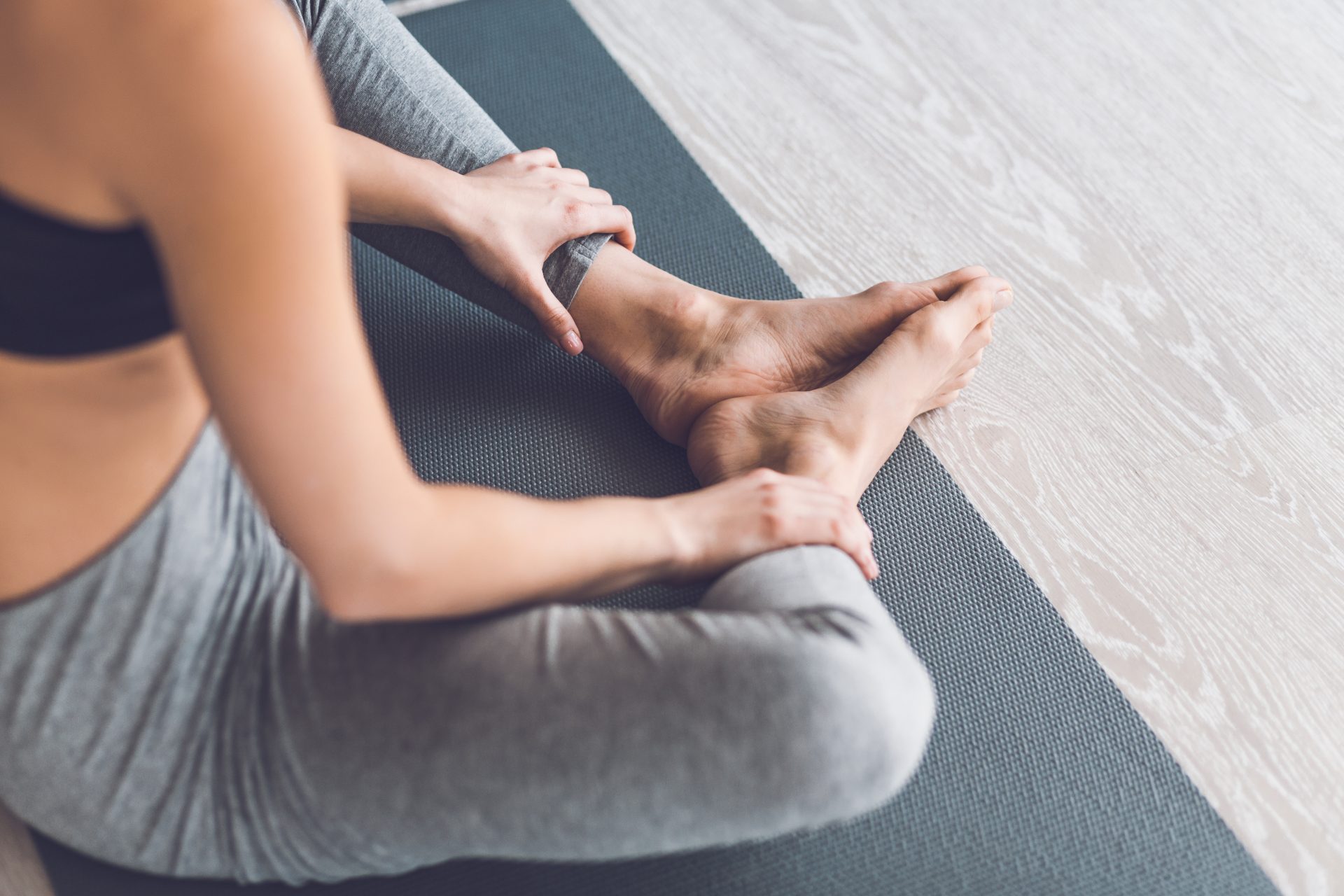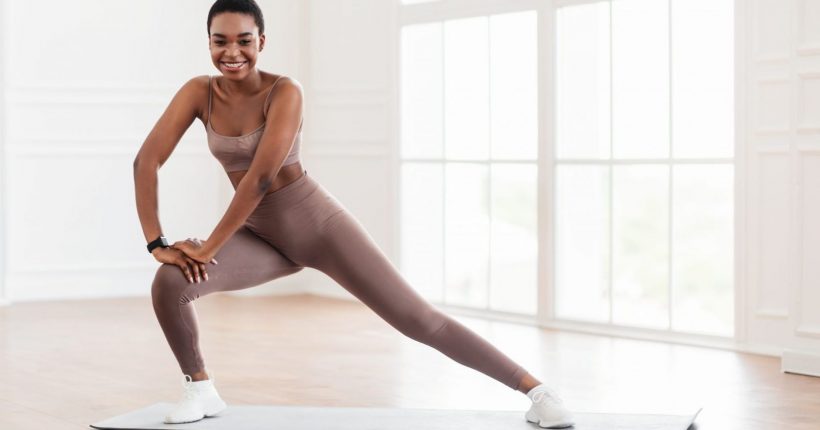These stretches are pilates instructor-approved to stop a tight groin area from causing pain.
Unless you’re someone who regularly attempts to drop into box splits or is diligent about practising lateral lunges at the gym, you might not have given much thought to how tight your inner thighs are.
Much like your hip abductors, the muscles around the outside of your glutes, your hip adductors, on the inside of your thighs, are often overlooked in training sessions that generally favour moving forwards and backwards or up and down.
You may also like
Gluteus medius: how to stretch and strengthen the lower-body muscle responsible for stability
But right now, searches for groin stretches are currently a breakout term on Google, and this is no surprise, says pilates instructor and founder of The Pilates PT Holly Grant.
“The fitness world is so obsessed with things like strengthening glutes and stretching our hip flexors that the inner thighs are often forgotten about strength-wise and flexibility-wise, so I can see why people are starting to question this,” she says.
Why should you do groin stretches?
Just like every other muscle in the body, you need strong and flexible adductors, says Grant.
“Your inner thigh muscles are one of the various muscles that sit around the hip that basically impact how the leg moves within your hip socket and within your pelvis. It brings the leg back in towards the midline.
“If you are standing on one leg, your inner thigh is stopping you from collapsing into your standing leg. When you think about it, we do that type of movement all the time: when we walk and when we run, you weight bear on a single leg,” she explains.

So while you need the inner thighs to be strong, we also need to maintain flexibility in the area. “Every muscle that needs to be strong also needs to be flexible, otherwise, we get an imbalance and that’s when we start to notice things going wrong.
“We need muscles to be able to contract to cause movement and then to lengthen back out to allow further movement. If we don’t have muscles that are able to both contract and lengthen, they can then affect our joints and how our joints move.”
So, tight adductors can cause issues in the hip and pelvis areas that they stabilise.
How to do groin stretches
First of all, decide if you need to do dynamic or static stretching. Dynamic stretching involves warming up the muscle and should be done before more intense exercise, while static stretching involves holding the stretch still to relax the area.
Got that in check? Here are Grant’s favourite ways to mobilise and stretch the inner thighs.
Pendulum swing
- Stand next to a chair or a wall and gently place the closest hand on the surface
- Press your weight into the same side foot and lift your other leg off the floor
- Stabilise yourself before swinging your raised leg to the side, opening your legs wide to feel the stretch through the groin
- Lower it down, slightly crossing it over the front or back of the standing ankle
- Try not to swing through your hips – your inner thigh should be leading the movement
- Repeat for 30 seconds then swap sides
You may also like
How unilateral training can improve your workouts, according to a PT
Static side lunge
- Stand tall with your feet shoulder-width apart
- Take a wide step to the left, landing with your foot facing forwards and bend your left knee so your glutes come towards the ground
- Keep the right leg straight to sit into your left side and feel the stretch down the right inner thigh
- You can take your right toes off the ground to get lower into the stretch if it feels good
- Hold for 30 seconds each side
Frog stretch
- Sit on your yoga mat with your torso tall and feet together so your legs form a diamond shape on the ground
- Bring your heels in towards your hips – the closer your heels are the deeper the stretch will be
- Press your knees towards the ground (it doesn’t matter how close they get, but think of a downward motion) to feel the stretch
- Hold for 30 seconds
Images: Getty
Source: Read Full Article
